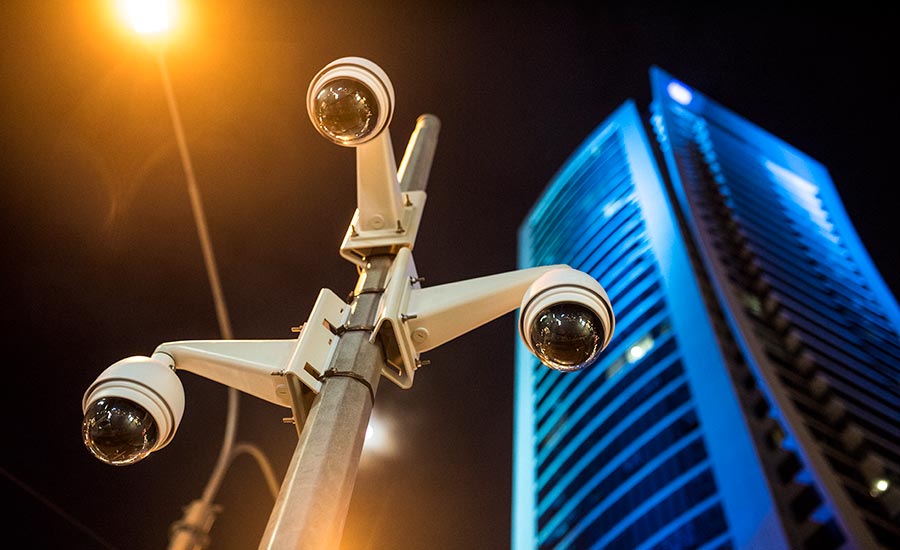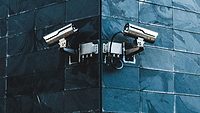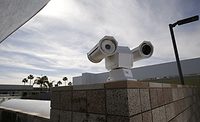Security professionals and first responders will surely agree that the quality and utility of their tools are determined when they are tested under the most challenging conditions. It doesn’t really matter if that new flashlight works great when the package is first opened; what matters most is that it will work months later on a wet, cold night, after being dropped a few times. How tools function under real-world conditions determine whether or not they fulfill your expectations and objectives.
This same principle holds true with video surveillance cameras. The very purpose of these cameras is to capture useful images with the distance, coverage and pixel density specified for the location where they are installed. There are locations, such as interior lobbies and hallways, where the lighting environment is completely controlled. But this is often not the case, and cameras are typically challenged to capture images in changing lighting conditions that may range from bright sunlight all the way to dimly lit areas. The most common challenge is the latter – dealing with low-light conditions.
Conventional Cameras Lack Low-Light Performance
When it comes to low-light performance, conventional video surveillance cameras with standard electronic imaging sensors simply cannot capture clear, detailed images in dimly lit areas. At low light levels, the ability to capture accurate colors drops sharply, resulting in faded, inaccurate color images. At the same time, increasing gain to offset the decrease in signal level results in an increasing percentage of noise, which in turn leads to grainy images and a loss of detail. Increasing pixel density in the quest for higher resolution only exacerbates the situation by effectively decreasing the size of each light-gathering pixel sensor. At very low light levels, most conventional surveillance cameras cannot provide a useful image at all.
To compensate for poor low-light camera performance, some organizations install supplemental security lighting to illuminate areas of interest, or install supplemental specialty cameras such as infrared or thermal cameras that are designed to capture images in the absence of visible light. But both of these approaches have significant downsides. Adding lighting can be expensive when accounting for additional equipment, installation and ongoing energy costs, and infrared and thermal cameras cannot provide color images, typically have lower resolution, and can add significant costs.
Advancing Technologies Improve Low-Light Performance
Fortunately, recent advances in imaging technology deliver significantly improved low-light performance. In general, there are three primary factors that can improve low-light performance. The first is the lens system of the camera, as it is critical to use a lens that will gather and pass the most possible light to the imaging sensor. The second factor is the sensor itself, whereby improved low-light performance depends on the physical area of the sensor and the combination of sensitivity, accuracy and consistency of its pixels. And lastly, the third factor for low-light performance is the image processing that interprets the signals from the sensors to extract the most accurate, usable image with the least amount of noise possible. Camera manufacturers that focus on low-light performance as an important driver of camera quality take care to manage all three of these factors to combine them for the best results.
For example, some new cameras’ image enhancement technology combines elements of all three factors to deliver improved low-light performance. Lens systems and imaging sensors are selected in part for their low-light qualities, so that the output of the sensors has an improved signal-to-noise ratio and accurate, consistent pixel responses. Image processing then applies a set of specific tools including 3D noise filtering, wide dynamic range (WDR), and tone mapping to deliver the most accurate, highest quality video images possible. Compared to images from conventional surveillance cameras, the performance of new cameras with these enhancements are far superior in low light conditions.
By incorporating low-light considerations into the planning phase, and choosing the appropriate models from leading manufacturers, users can deploy these advanced solutions to overcome traditional limitations and deliver an improved level of security and situational awareness at their facilities.









